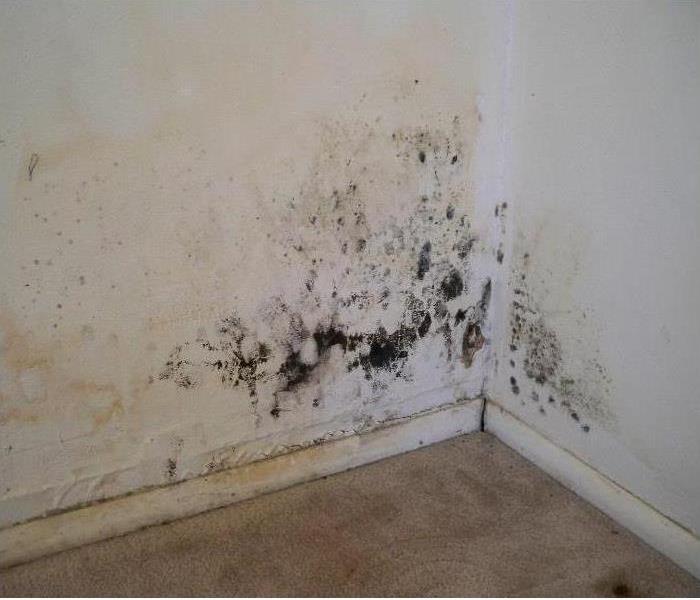Modifications to Industry Standard for Mold Removal by Robert Lay
2/2/2018 (Permalink)
After years of scare tactics presented by national media outlets, the IICRC pulled the reigns back on fly - by - night restoration companies that claimed to disinfect or remove mold through encapsulation, ozone, or other decontaminants. In doing so, the S-520 was created to help provide a national standard that centered mostly around "source removal" of affected material, as we well as proper standards for creating containment, establishing negative air pressure, and properly removing mold. This document contains a wealth of knowledge pertaining to the health effects of mold exposure and provides usable advice to mold remediators in keeping employees safe. As the restoration industry is a constantly evolving industry, the standard is often considered a 'living' document. Like most industries, change is driven by technological advancements.
What You Should Know About Mold
Mold is a naturally occurring organism and certain levels are considered acceptable in both indoor and outdoor levels. These levels are often referred to as Condition 1 type mold. When physical growth is achieved (Condition 3) on building materials, it has the propensity to produce a Condition 2 type situation where spores and hyphae settle on surfaces. Actual growth includes growth of any type of mold (active, dormant, visible or hidden). Not all mold is harmful, but certain types can cause health effects to immune deficient or allergenic prone individuals.
What Has Changed in the Latest Version
Verbage has been the biggest alteration in the newest version of the S520. Better definitions of trigger words are provided to help remediation specialists better interpret guidelines of the standard of care. Misting is more widely accepted for dust suppression. Rules for better servicing sensitive environment facilities like retirement homes and hospitals have been outlined to include real time data logging system. This decreases risk of cross contamination and helps ensure that Air Filtration Devices and Negative Air Machines are operating properly. Mold contamination of Air Conditioning Systems is also better outlined. Use of EPA approved sealants or coatings are more widely observed. Lastly, contractors may now perform Post Remediation Evaluation, but a 3rd party Industrial Hygienist will still be needed to perform Post Remediation Verification.
How Does This Help Protect You and Your Home or Business
Dampness or visible fungi can be found in 50% of residences across the country (Mudarri and Fisk, 2007). At current there are no accepted guidelines defining normal fungal ecology. Comparative or control samples are needed to assess what can be dictated as "safe" however this does not incorporate certain variables like geography, occupancy, land use, time of year, and time of day. The IICRC S-520 -2015 helps bridge the gap in using technological advances and definitive verbage to reiterate proper remediation efforts are used and quantified in your home or business. Indoor air quality is directly related to personal health and indoor health professionals are constantly being held to a higher standard as more information becomes available.
Mudarri, D. and Fiskm W.J. (2007) "Public health and economic impact of dampness and mold." Indoor Air 17, 226-235

 24/7 Emergency Service
24/7 Emergency Service
